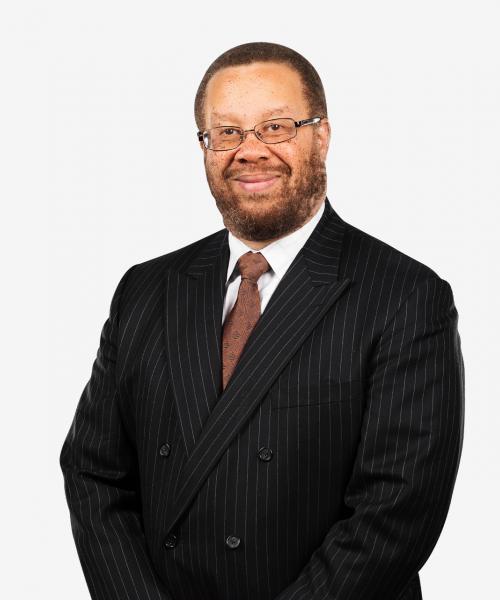DOL Rescinds Trump-Era Joint Employer Rule
During the Obama presidency, the Department of Labor employed a broad “economic realities” test to determine whether A and B are the worker’s joint employers.
Effective in March 2020, the Trump Department of Labor took a different, and much more narrow, approach. Eschewing the economic realities test, the Department adopted a four-factor balancing test focused on the extent to which a purported employer – B in the example – controls the worker’s employment terms and conditions. We reported that development here.
As we reported, the Trump-era Rule asks whether the prospective joint employer:
- Hires or fires the worker;
- Supervises and controls her work schedule or conditions of employment to a substantial degree;
- Determines her rate and method of payment; and
- Maintains her employment records.
Under the Rule, the potential joint employer must actually exercise – directly or indirectly – one or more of those indicia of control to be liable to the employee under the FLSA.
Contending that it violates the Administrative Procedures Act, 17 state attorneys general challenged the Trump-era Rule in the US District Court for the Southern District of New York. In September 2020, that court agreed and vacated the part of the Rule that deals with vertical employment, in which the worker has an employment relationship with one employer (typically a staffing agency, subcontractor, labor provider, or another intermediary employer) that places workers with another entity. We reported that development here.
Last week, the DOL took the next step and rescinded the Trump-era Rule altogether. That’s because, according to the Department, the Rule’s joint employment definition conflicts with the Fair Labor Standards Act and Congressional intent. Also, it fails to take into account the Department’s prior joint employment guidance.
The rescission is effective on September 28, 2021. Until then, the Trump-era Rule remains in place. And, DOL will continue to assess whether new regulatory or sub-regulatory guidance is warranted.
Contacts
- Related Practices
